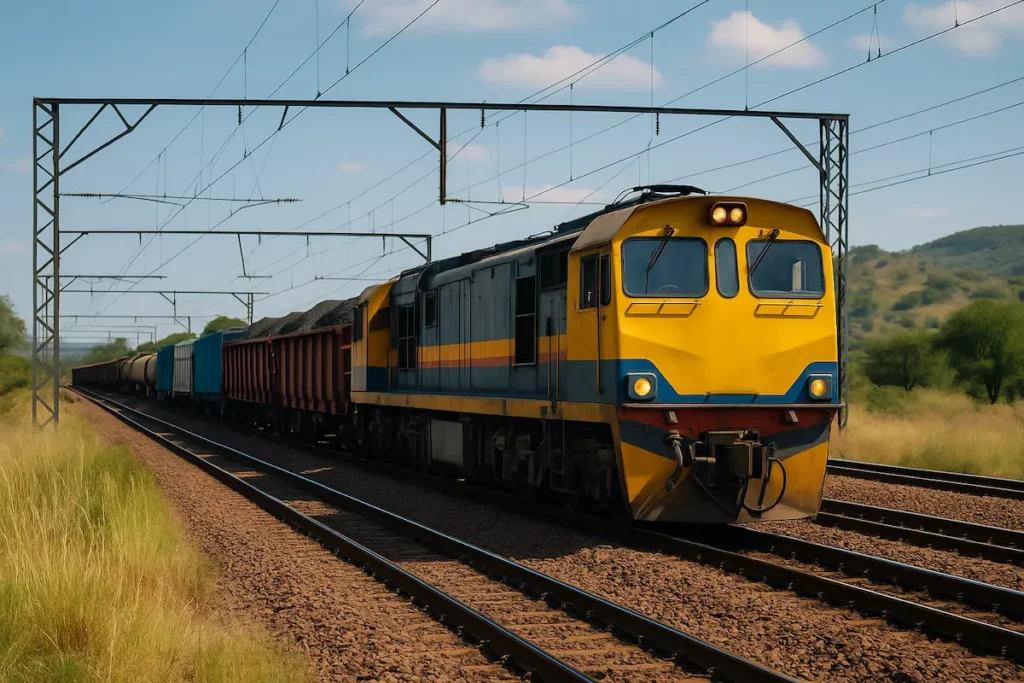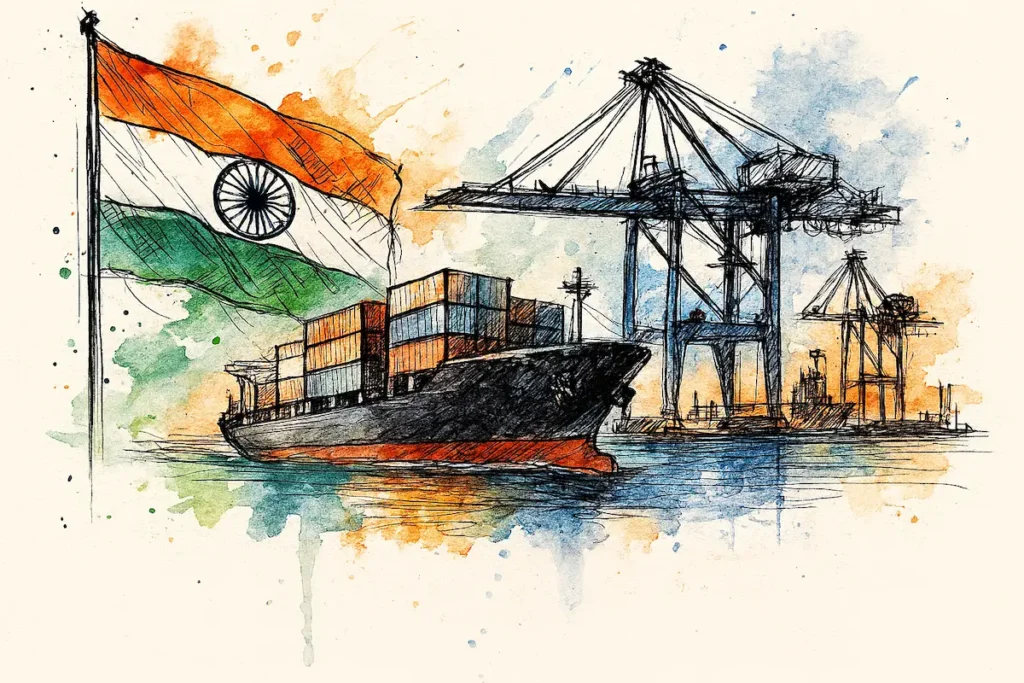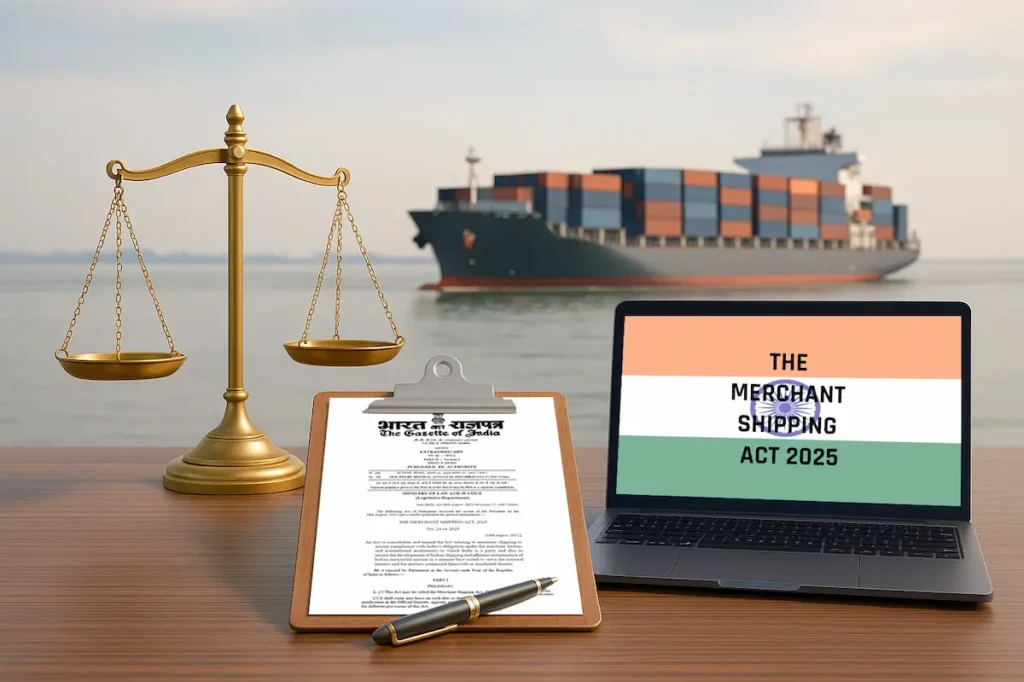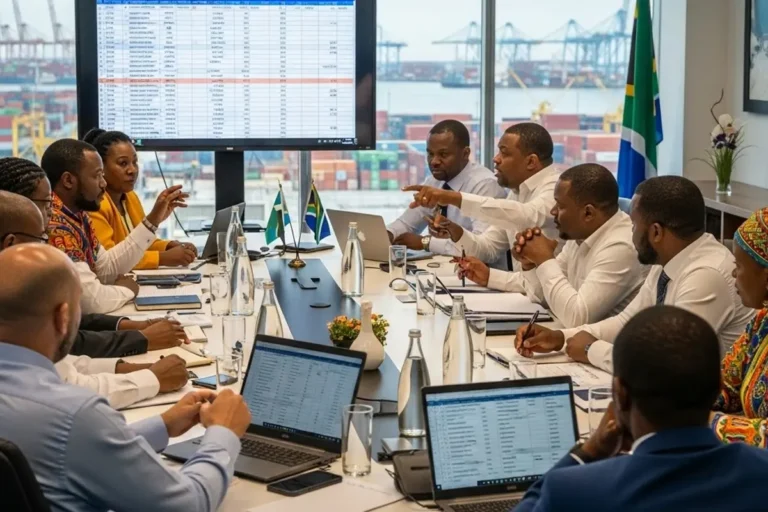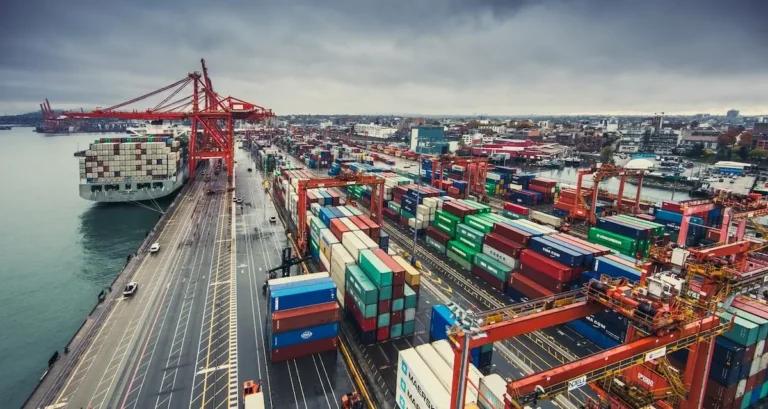Are we looking at port rankings the right way..??
Every year, when the list of the top container ports is released, the industry does a collective pause.. We pore over the numbers, dissect the rankings, and look for signs of who’s up, who’s down, and—most importantly—why..
But beyond the tonnage and TEU tallies, these rankings often tell a richer story.. One about resilience, adaptation, and the future of global trade..
The 2024 Alphaliner ranking of the top 30 container ports does exactly that. While the familiar giants and top 10 ports have remained in the same position Year over Year (Y-o-Y), the nuances in growth patterns and movement within the list offer a glimpse into broader global shifts.
Regionally, Asia still rules with 20 ports out of 30 based in Far East/Southeast Asia region and 3 ports in the ISC area.. EU had 3 ports, USA 2 ports, Middle East & Africa region 1 port each in the list..
Let’s unpack what these numbers really mean..
Asia still rules—but the lead is no longer just about volume
Shanghai continues to reign supreme at #1, moving over 51.5 million TEUs in 2024—a 4.8% increase from 2023 and a striking 18.9% growth over 2019.. Singapore follows closely with 41.1 million TEUs and a healthy 5.4% Y-o-Y growth.. Ningbo-Zhoushan, quietly climbing year after year, shows a massive 42.7% growth since 2019, firmly holding onto the third spot..
But here’s the bigger picture: while volume remains important, the growth trajectories suggest deeper strategic shifts.. Qingdao’s 46.8% rise since 2019, Shenzhen’s 29.6%, and Tianjin’s 34.6% prove that this race is no longer just about who’s biggest—but about who’s better positioned for tomorrow..
These ports aren’t just growing—they’re evolving.. And those that are marrying digital innovation with physical expansion are leading the charge..


Western ports – Playing catch-up—or redefining their roles..??
Ports in the US and Europe present a mixed bag.. The Los Angeles/Long Beach complex showed a strong Y-o-Y growth of almost 20%, bouncing back from pandemic-era disruptions.. Antwerp-Bruges has quietly strengthened with 8.1% Y-o-Y growth although showing lower growth by 6% since 2019..
But others are struggling to find their footing.. Hamburg has dropped by 15.7% since 2019, while Rotterdam and Hong Kong are facing sharp declines—particularly Hong Kong, which has lost over a quarter of its volume since 2019..
This begs the question—are these ports victims of geography, competition, or a lack of transformation..?? Possibly all three..
Emerging stars – Second-tier ports are punching above their weight
This is perhaps the most exciting part of the list.. Mundra in India has grown a staggering 73.9% since 2019, becoming the top Indian container port and reflecting India’s increasing importance in global trade..
Nhava Sheva and Cai Mep (Vietnam) are also flexing their muscles with double-digit Y-o-Y growth, thanks to manufacturing shifts and strong regional integration..
Tanger Med is showing serious momentum at 18.8% Y-o-Y and an impressive 113% since 2019..
Ports like Beibu Gulf (a combination of Fangcheng, Qinzhou, and Beihai) are rising fast, reflecting China’s long-term strategy of regional balance and inland connectivity.. Even
The rise of these ports isn’t accidental—it’s strategic.. It’s the outcome of trade diversification, regional development, and the decentralisation of supply chains..
Red flags – When growth doesn’t match potential
A few ports in the list raise red flags.. Xiamen, with a drop of 2.4% and only 10.2% growth over five years, seems to be losing ground, and Hong Kong, which used to be one of the crown jewels of Asian shipping down 25.2% since 2019 and almost 5% Y-o-Y, making it the only port in the list that has shown declining volumes for both periods..
Hamburg displayed the lowest growth figures Y-o-Y with a 0.9% growth which was still better than its 15.7% drop in its growth rate since 2019..
These are not minor fluctuations.. They are signals of lost competitiveness, missed opportunities, and perhaps the lack of a refreshed strategic roadmap..
The bigger picture – Being smart is the new “big”
So what can we take away from this list..?? The new definition of a successful port is no longer measured by how many boxes you move—but by how well you move them..
Here are some clear trends I believe we should watch:
- Resilience beats size – The ports that bounced back quickly post-COVID possibly had better contingency plans, digitised operations, and collaborative partners..
- Regional ecosystems are key – Growth is no longer about standalone ports.. It’s about how they integrate into corridors, free zones, and multimodal networks..
- Mid-tier ports are the new disruptors – The most dynamic changes are happening in the middle of the table, not at the top..
- Sustainability will soon dictate trade flows – ESG-aligned ports will increasingly attract global cargo, investment, and attention..
Read between the containers
Port rankings are no longer just a scoreboard.. They’re a mirror reflecting how the world trades, what it values, and where it’s headed..
In 2024, it’s clear that container ports are not just gateways for goods—but barometers for global change..
The heartening fact remains that Y-o-Y there are only 2 ports – Hong Kong and Xiamen that have shown a decline in growth in 2024 compared to 2019 which had 4 ports with a substantial decline in growth..
While this is good, there is a noticeable drop in growth rates post-COVID with almost all ports showing a drop in 2024..
The exceptions were the San Pedro ports (LA/LB), Rotterdam, Kaohsiung, Hamburg, and Colombo which showed a growth in 2024/2023 compared to 2024/2019..
Cai Mep showed the highest growth rate of 33% in 2024 while Tanger Med showed the highest growth rate of 113.3% since 2019..
The challenge for shippers, forwarders, port authorities, and trade policymakers is to look beyond the numbers and understand the systems, decisions, and digital foundations driving growth..
The question is no longer “Who moved the most containers” but rather “Who moved them best..??”





